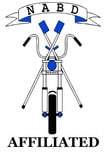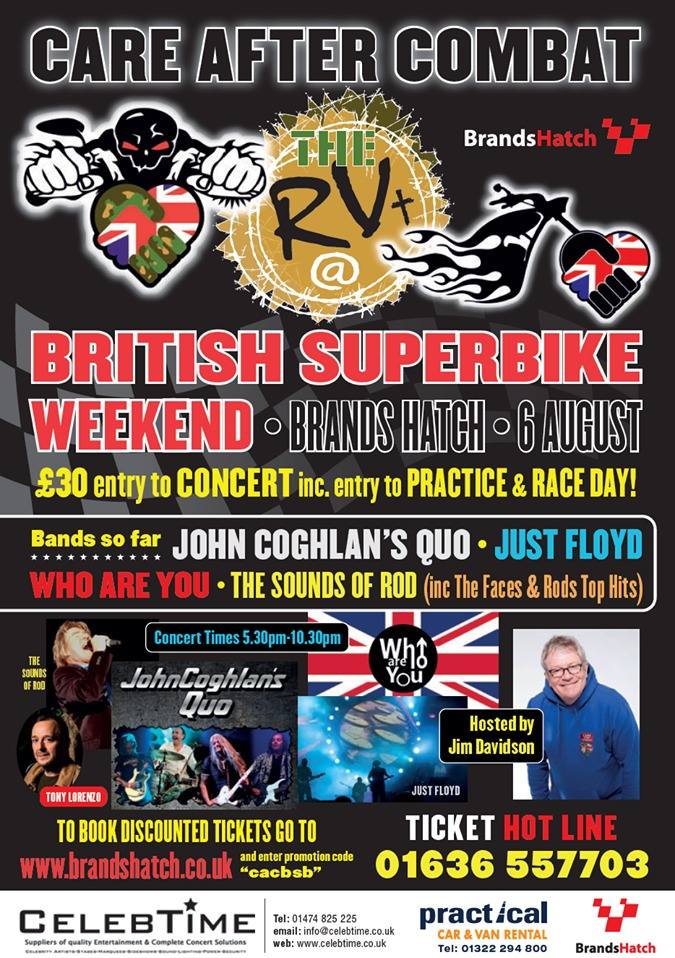Friday 12th August 2016 is National Blood Bike Awareness Day.
Blood bikes are the silent emergency service, transporting blood for blood transfusions, injuries and emergency responses for emergency services, the NHS and other medical services. These unsung heroes are all volunteers.
Blood Bike Awareness Day is organised by the National Association of Blood Bikes (NABB) and aims to promote awareness of the lifesaving work the NABB does in conjunction with the NHS and emergency services.
Blood Bikers are the 1,500 men and women all over Britain who provide an out-of-hours rapid response courier service as well as transporting hospital deliveries across the country. The Blood Bikers are all volunteers, and in 2014 they responded to around 39,000 urgent requests from hospitals, saving the NHS hundreds of thousands of pounds.
Severn Freewheelers are the regional Blood Bike group operating Gloucestershire, Hereford, Worcester and North Wiltshire. Over 70 volunteers help Severn Freewheelers carry out a much-needed service. Severn Freewheelers run six BMW R1200RTs; all are emergency response equipped and the members handle some 4,000 call outs per annum, covering 150,000 miles. The charity’s principle aim is to alleviate suffering by transporting medical essentials, free of charge, between NHS facilities. This would include Blood, Blood Products, Pathology Samples, Frozen Human milk and other medical essentials.
Your support is essential for this service to continue and flourish – perhaps you don’t have the time to volunteer for one of the many roles within the organisation; there are other ways to support Blood bikes! A family day out is a great option either by attending Shelsley Walsh Bike Festival or if you do have a little spare time the organisation is actively seeking volunteer riders, drivers, fundraisers, digital and social media buffs. So you don’t even have to have a motorbike to support them!
How you Can Support Severn Freewheelers
Shelsley Walsh Bike Festival will take place once again at the iconic historic Hill Climb course in Worcestershire on Sunday 4 September and is hailed as a ‘Must Do’ day out for all motorcycling enthusiasts. This is a great day out for all the family and is an essential event to raise awareness and donations for Blood Bikes and the local branch of the association Severn Freewheelers.
The Festival prides itself on its diversity and celebrates engineering excellence; from rare, classic, modern, customised to hand built bikes and those of historic significance. This year the organisers have secured the most diverse motorcycles yet from the World’s Fastest Shopping Trolley powered by a Chinook helicopter engine (holds record speed of 70.4mph/ 113.298kmh), the 'Warhorse' the World’s Fastest Monowheel, a one-wheeled vehicle that the rider sits inside and travels up to 65mph!
Shelsley Walsh Bike festival is truly a big celebration of man and machine with large displays of historic, modern and race bikes, plus a Paddock Specials Show ‘n’ Tell area and the unique opportunity for members of the public to take part in the spectacle by ‘running the hill’ or participating in a thrilling passenger ride experience. There’s also a whole raft of entertainment too from biker celebrity appearances, trade stands plus live music from UK hot rocking band, Josie and the Outlaws and guests. There’s stuff for the kids, great food and drink and lots more. All event proceeds of the event go to Severn Freewheelers, the regional Blood Bike group
Entries for Paddock Specials are both by invitation and by application - so if you own a special, rare or historic bike, we want to hear from you! Please contact us via the website and provide further details.
Helping Blood Bikes, Helping You
Event Address: Shelsley Walsh Hill Climb, Shelsley Walsh, Worcestershire, WR6 6RP
Advance tickets:
- Advance general admission tickets cost just £12 in advance or £15 on the gate, or for £35 you can enter to ‘Run the Hill’ on your own bike and be part of the spectacle! To book visit: www.shelsleybikefestival.co.uk
- Children under 16years old, go free.
- Gates Opens at: 08:30am, Track starts at: 10:00am, Festival closes at: 17:00.
- Free parking, free motorcycle side stand puck and free helmet park for bikers
More about NABB and Blood Bike Awareness Day – Fact File
The National Association of Blood Bikers (NABB) comprises 33 regional charities, 1,500 volunteer Blood Bikers, work with 272 hospitals; they are on call 365 days a year, 7pm until 6am weekdays and 24hrs at the weekends. In 2014 alone, NABB groups responded to 39,000 urgent requests saving multiple lives. The NABB groups comprises of skilled, dedicated people who make a significant personal sacrifice to help others, which has a positive impact on local communities, saving the NHS hundreds of thousands of pounds in courier costs.
The Association is a motorcycle based, free delivery service to the NHS; moving vital medical supplies, blood and pathology samples from medical centres and hospitals throughout the UK. NABB member groups are closely involved in the transport of frozen human milk from the donor to the milk processing banks. Run entirely by volunteers, NABB member groups have over 1500 active members with a fleet of 120+ emergency response vehicles. All NABB riders are trained in the movement of medical essentials and operate from individual regional charities but with a common goal – to alleviate suffering and reduce the funding pressures on the NHS.





